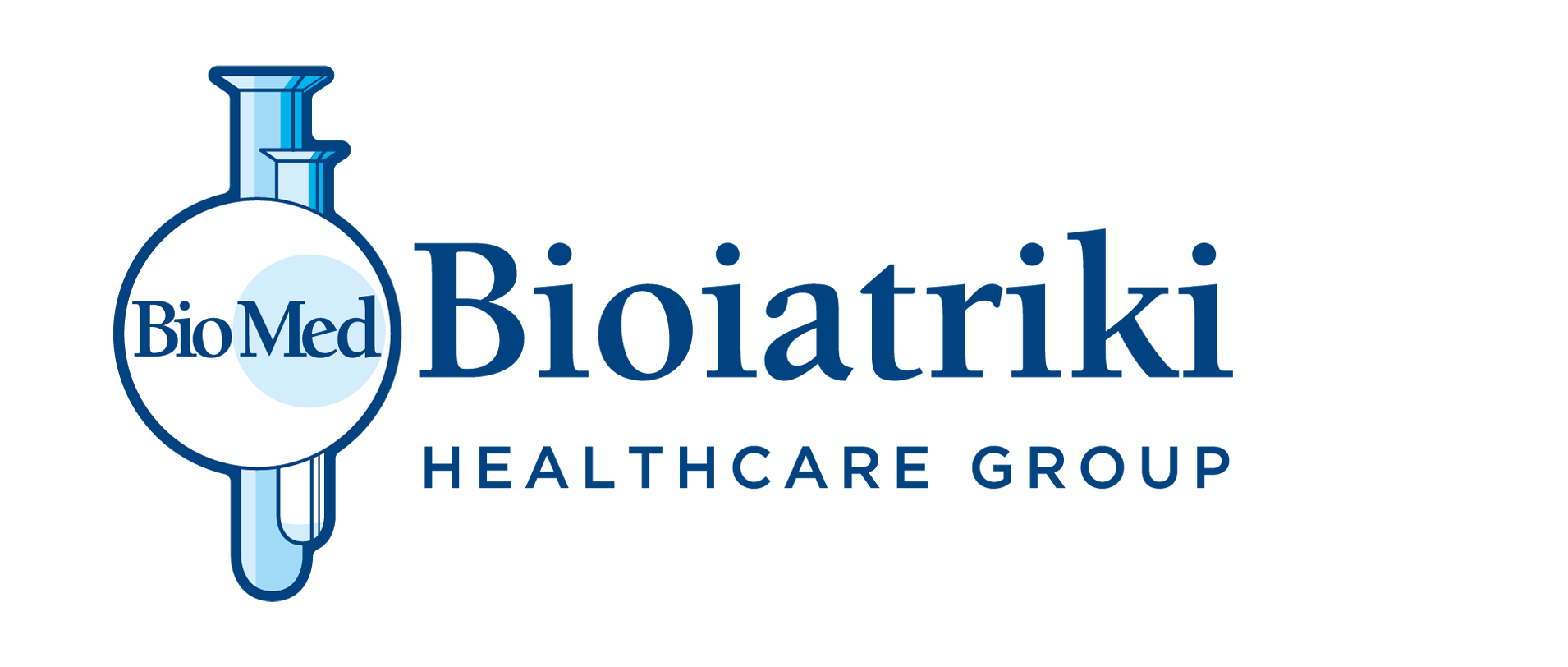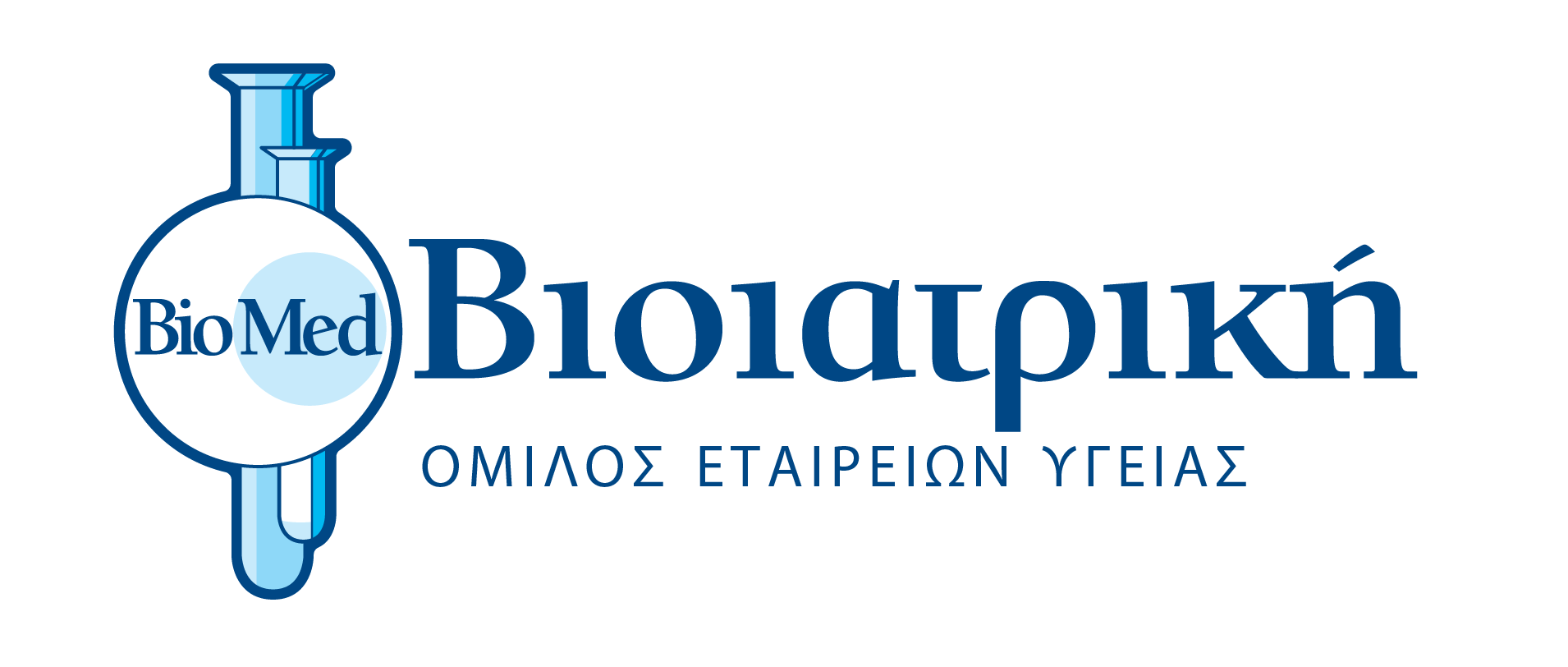In the microbiology laboratory we perform direct microbiology tests and cultures from biological fluids for prophylactic reasons to prevent a microbial infection and for monitoring a potential epidemic, since its early detection in combination with the identification of microbial cause of infection – and selection of the proper treatment – is a prerequisite of a successful treatment of the infection.
Additionally, the specialized personnel perform general urine analyses and urine phase contrast (microscopy) analyses for the determination of the origin of epithelial cells (bladder, ureters, urethral), hence the determination of the infection’s location (e.g., Urethritis, cystitis etc.). Furthermore, urine microscopy assesses the quality of the red blood cells (in a case of haematuria), since red blood cells with smooth surface indicate recent hemorrhage (e.g., stones or infection), while red blood cells with irregular surface indicate chronic and/or past haematuria (e.g., neoplasms).
Cultures
Cultures from biological fluids are streaked on special Petri dishes. The samples can be urine, vaginal discharge, urethral discharge, semen, throat smear, sputum, nasal smear, conjuctival smear, ear smear, stools, pleural fluid, ascetic fluid, cerebrospinal fluid, wound fluid, fistula fluid, abscess fluid, and skin lesion fluid. Additionally, we perform fungal cultures from skin scrapping, nail scrapping and from the head, for the potential determination of pseudohyphae (yeasts such as Candida albicans) and hyphae (dermatophytes such as Mycrosporum spp.).
Cultures lead to the identification of pathogenic microorganisms (common microbes and fungi) that grow in either aerobic or anaerobic or under CO2 conditions. Furthermore, we perform special cultures for the identification of Mycoplasma and Ureaplasma bacterial species.
In our Limassol microbiology laboratory, we perform blood cultures by utilizing our automatic system BACTEC (Becton Dickinson) which can notify the existence of a positive blood culture within 6 hours, which is particularly important since blood cultures are performed in cases of sepsis and infections where microorganisms are located in the bloodstream and may cause endocarditis, meningitis, pneumonia etc.
SENSITIVITY ANALYSIS
The accurate detection of microbial antibiotic resistance is of paramount importance. Due to the rapid spread of this resistance, the treatment of infections becomes more difficult and patients with infections caused by antibiotic-resistant bacteria are found not only in hospital environments but in the community as well.
Therefore, besides the utilization of simple and selective agars, unique for the isolation and identification of each microorganism by specialized biopathologists-microbiologists, we perform the MIC method (Minimum Inhibitory Concentration) to determine the minimum inhibitory density of an antibiotic for the microbial growth.
Urinalysis
Urinalysis is fully automatic and performed by our automatic analyzers Clinitek Novus by Siemens.
Clintek Novus analyzers can read barcodes and run tests for 11 different parameters such as the potential volume of white blood cells / pyospheres (WBCs), red blood cells (RBCs), pH, nitrites, albumin, sugar, ketone, urobilinogen, bilirubin, specific gravity, color, and turbidity.
Urine phase contrast microscopy by utilizing OLYMPUS CX 23 and ZEIS microscopes provides additional information of the potential number of WBCs, RBCs microorganisms, epithelial cells, crystals, amorphous urates, urine casts, mucus, and parasites.
Semen analysis
Our biopathologists perform semen analysis with the most reliable way, that is, on a New Bauer slide by microscopy – simple microscopy to assess the immature germ cells of spermatozoa, which are the spermatocytes and the spermatides, and the assessment of spermatozoa morphology and motility, resulting in the calculation of the percentage of each test. Potential existence of WBCs, RBCs, microorganisms, parasites, fungi, crystals and mucus can be verified with microscopy as well.
Upon request, in collaboration with Group’s laboratories in Athens, other fertility markers such as fructose can be assessed.
Stool cultures
We can detect Clostridium difficile A & B toxins in stools by immunochromatography if there is suspicion of pseudomembranous colitis, and E. coli strains (enteropathogenic and haemolyticus). Furthermore, we can detect Helicobacter pylori antigens in stools (infection with this bacterium lies a risk factor for gastric cancer).
Additionally, we can perform Calprotectin qualitative and quantitative tests. This medical test provides important information regarding autoimmune diseases of the digestive system such as Crohn’s disease and ulcerative colitis.
Ova and Parasite Exam
The presence of parasites that cause abdominal pain, bloating and diarrhea is detected in stools by microscopy of the specimens and utilization of saline and Lugol’s solution.
Additionally, for detection of severe parasite infections such as Giardia lamblia, Cryptosporidium parvum and Entamoeba spp. our specialized personnel uses microscopy and special stains such as Ziehl Nielsen (for Cryptosporidium). Immunochromatography method is used for the detection of their antigens.
Ova and Parasite Exam from other body fluids
Parasites can be found in all biological fluids as well· in skin scrappings and sebaceous glands secretions. The identification of the scabies parasite Demotex folliculorum is performed microscopically, either on fresh sample or on a special-stained sample.







